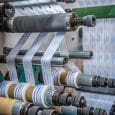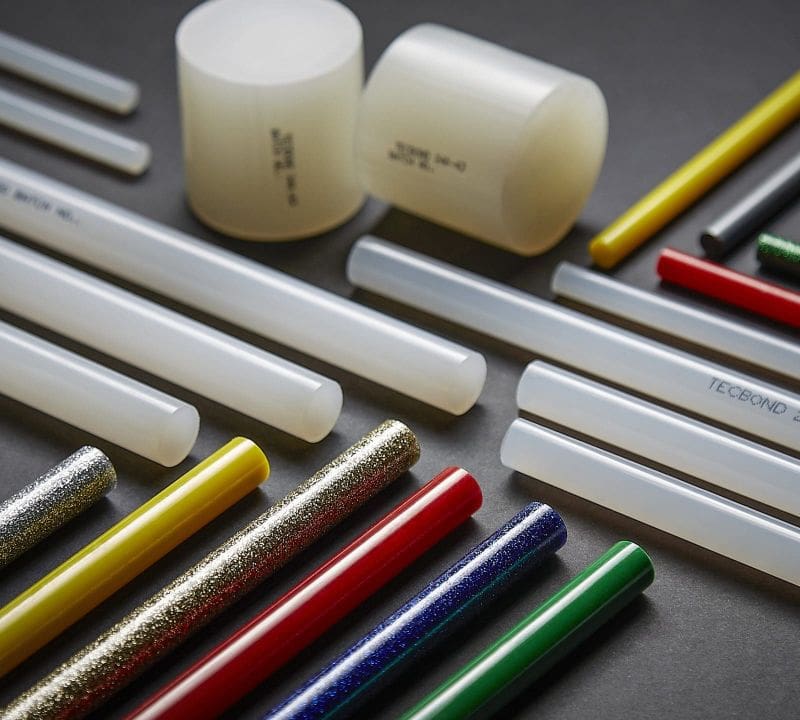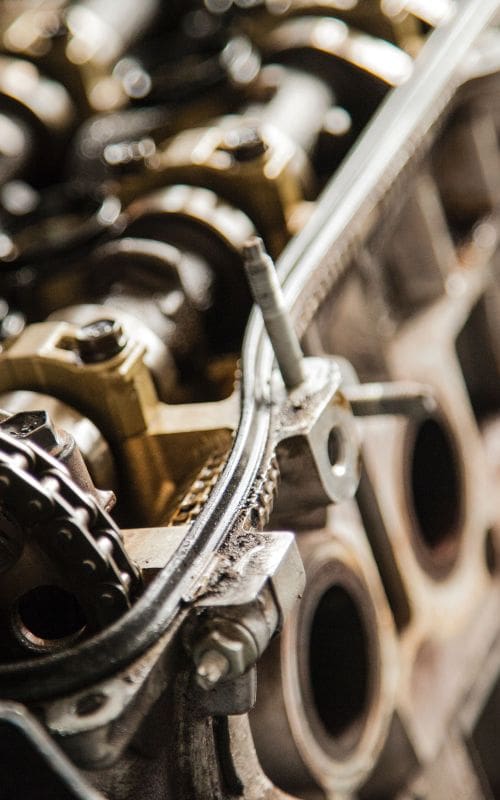Bio-based & Biodegradable – What exactly do they mean?
As a society, we are at a crucial stage when it comes to sustainability and taking measures to protect our environment. Businesses are being scrutinised for not being eco-conscious enough, especially when it comes to the materials being used in their production process and packaging.
You may have seen many businesses mentioning that their packaging feature bio-based or biodegradable materials, but do you know what these terms actually mean? We’ll delve into this in more detail, about what these materials mean for businesses.
Terminology Breakdown
Product manufacturers need to be very careful in their product claims, especially when it comes to sustainability benefits. Some phrases and terms are often used to upsell a product, without thinking about the consequences involved with mislabelling a feature or benefit. Let’s break down some of the most common terms associated with packaging industry:
Bio-based – Bio-based materials are made from biological, and most importantly, renewable resources. These materials come in the form of crops, algae and forest residues to name a few, and replenish naturally over time, unlike fossil fuels which take millions of years to form.
However, it is important to note that bio-based materials are not always biodegradable. Many are combined with other materials to form a substance or chemical that is much easier to use in production processes.
Biodegradable – Materials or products that are biodegradable will decompose naturally into harmless substances over time. This is predominantly down to microorganisms being able to break down the polymers that make up the material.
Biodegradable materials can be split between two categories plants-based or animal-based. Whereas plant-based biodegradable materials are self-explanatory, animal-based biodegradable materials include wool, silk and many proteins are biodegradable.
To differentiate the two, focus on where in the life cycle it is. Bio-based focuses on the material’s origin, whereas biodegradable focuses on how the material breaks down. Products can be one, both or neither.
How these benefit your business
Changing to bio-based or biodegradable materials throughout all areas of your business is a good start to becoming more eco-conscious and contributing to the climate-change initiatives.
Many companies face a choice on whether they focus on bio-based or biodegradable materials. This usually depends on their packaging processes and which they can most effectively integrate into them without incurring substantial costs.
However, at Power, we have recently produced a hot melt adhesive that is both biodegradable and contains 45% bio-based materials. The world’s first shaped biodegradable hot melt adhesive, Tecbond 214B is a packaging adhesive designed for carton closing, but can be used on any bonding application involving cardboard.
The degradation process begins upon exposure to oxygen, and is greatly accelerated when ultraviolet light is introduced. Together, these elements will initiate the breakdown of the long-chain polymers within the adhesive. Once exposed to all the elements, only oxygen is required to continue the breakdown. Once the long-chain polymers have been broken down, they can be consumed by micro-organisms in the same way as natural waste. This entire process leaves behind only non-harmful products and no microplastics.
Tecbond 214B is the first biodegradable adhesive to be certified to ASTM D6400, EN13432, ASTM D6954 and ASTM D6866 standards.
To learn more about Tecbond 214B, and biodegradable adhesives in general, check out our recent blog post.



























Leave a Reply